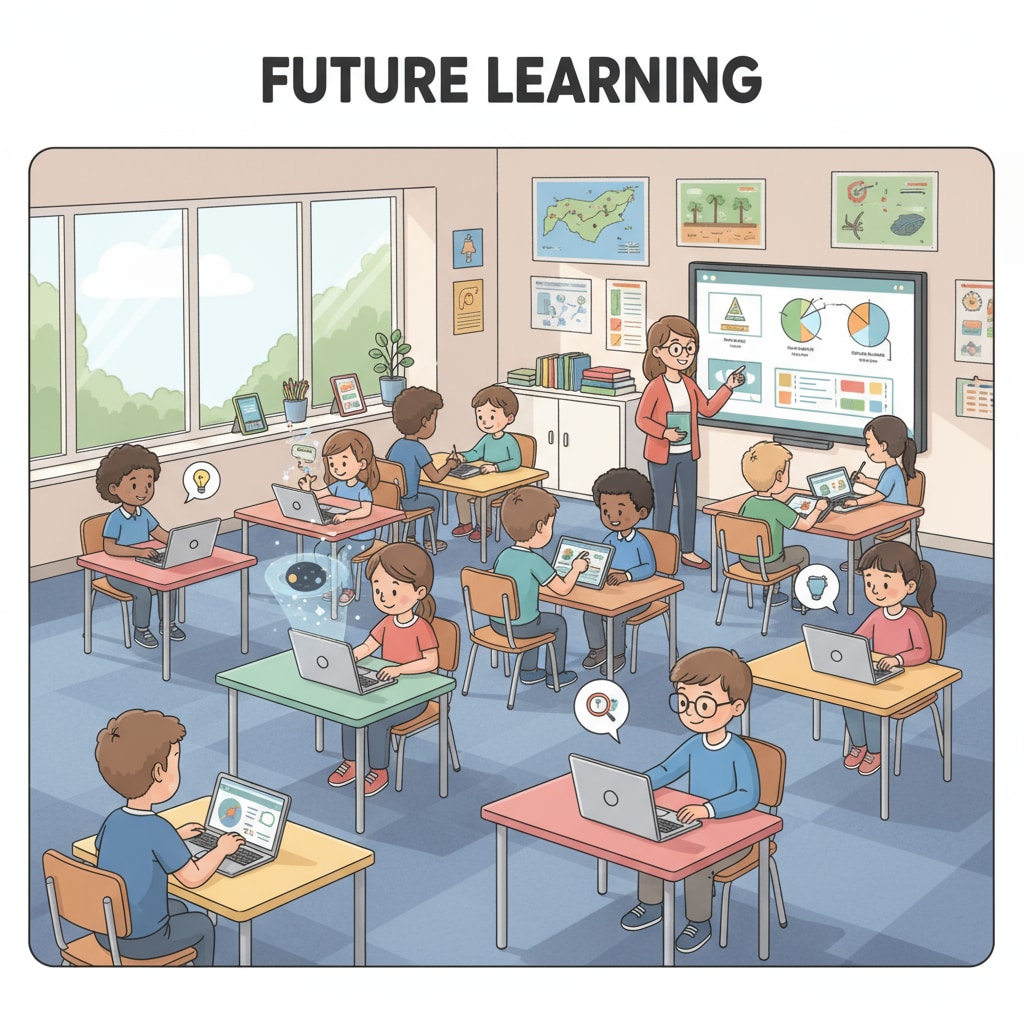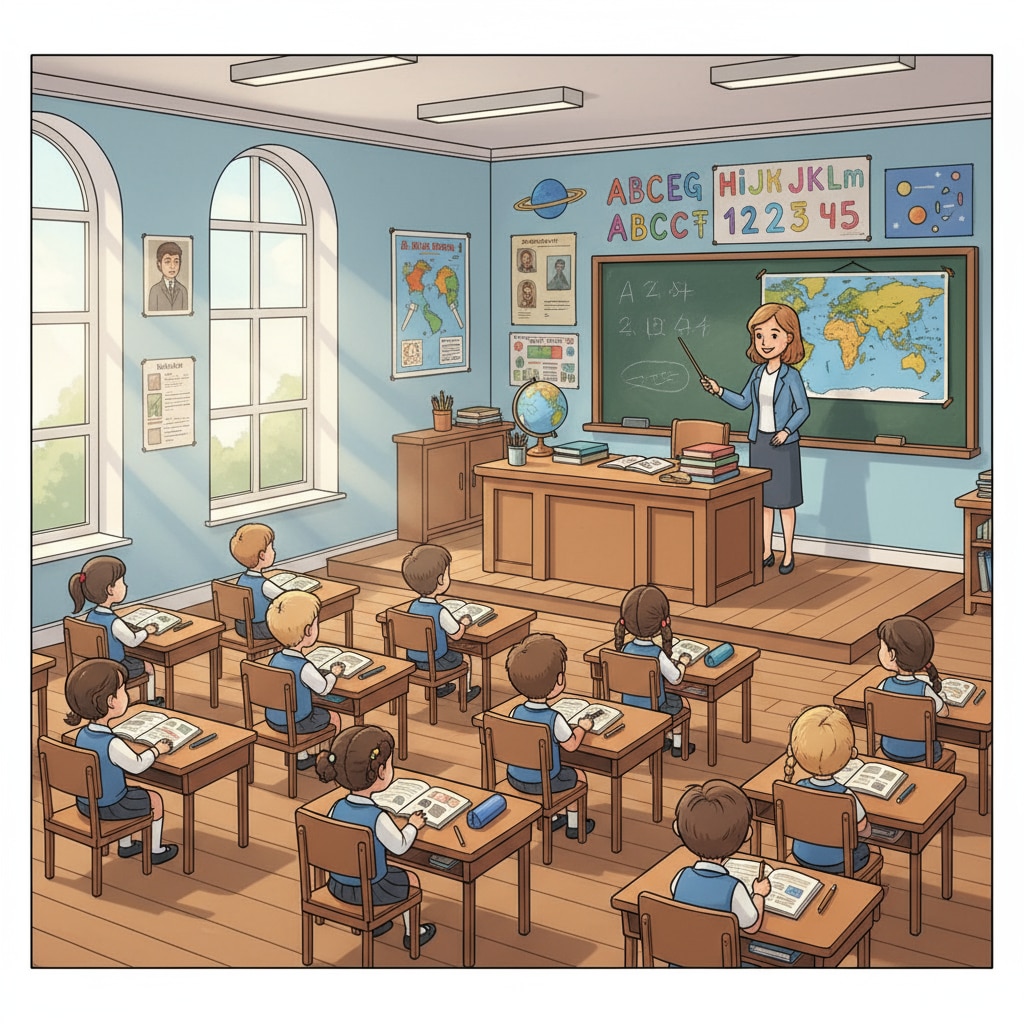Educational innovation, curriculum design, and teaching methods play a crucial role in addressing the growing disconnect between the traditional primary education system and modern learning needs. In today’s digital age, students require skills and knowledge that go beyond the confines of traditional textbooks and classrooms.

For instance, a report by the Organisation for Economic Co-operation and Development (OECD) emphasizes the need for education to adapt to the changing world. OECD’s Insights on Education highlights the importance of preparing students for the 21st century.
The Disconnect in Traditional Education
Traditional primary education often follows a rigid curriculum in subjects like English, math, science, and history. In English, rote memorization of grammar rules is emphasized over practical communication skills. Math teaching may focus on repetitive calculations rather than real-world problem-solving. For science, hands-on experiments are sometimes sacrificed for theoretical knowledge. And in history, learning is often limited to memorizing dates and events. This approach fails to engage students in the digital age, where they are exposed to vast amounts of information and need to develop critical thinking and creativity.

Educational Innovation: A Catalyst for Change
Educational innovation is essential to bridge this gap. It involves introducing new technologies, such as educational apps and online learning platforms. For example, many schools are now using interactive whiteboards to make lessons more engaging. These tools allow teachers to present information in a more dynamic way, incorporating videos, animations, and interactive elements. Moreover, project-based learning initiatives are emerging, where students work on real-world projects, fostering teamwork, communication, and problem-solving skills. EdTech Review showcases various innovative educational technologies.
Another aspect of educational innovation is personalized learning. With the help of artificial intelligence and data analytics, teachers can understand each student’s learning pace and style. This enables them to tailor instruction to individual needs, ensuring that every student can reach their full potential.
Curriculum Reconstruction
Curriculum design needs a major overhaul to meet modern learning requirements. It should include more interdisciplinary subjects. For example, combining science, technology, engineering, and mathematics (STEM) with art to create STEAM education. This approach helps students see the connections between different fields and develop a more holistic understanding of the world. Additionally, digital literacy and media studies should be integrated into the curriculum from an early age. Students need to learn how to evaluate information online, create digital content, and protect their privacy in the digital realm.
Furthermore, global awareness and cultural studies should be emphasized. In an increasingly interconnected world, students should understand different cultures, values, and perspectives. This can be achieved through international exchange programs, cultural events, and the study of global issues in the classroom.
Revolutionizing Teaching Methods
Teaching methods also need to evolve. Active learning strategies, such as group discussions, debates, and hands-on activities, should replace passive lecture-style teaching. Teachers can use inquiry-based learning, where students ask questions, conduct research, and find answers on their own. This not only enhances their learning but also boosts their confidence and independence. Additionally, flipped classrooms are becoming popular, where students watch pre-recorded lectures at home and engage in discussions and activities in class.
Readability guidance: By summarizing key points in short paragraphs and lists, we can clearly present the need for change in primary education. Each section focuses on different aspects of educational innovation, curriculum design, and teaching methods. We’ve used a variety of transition words to make the flow smooth and ensure that the content is accessible to a wide audience.


